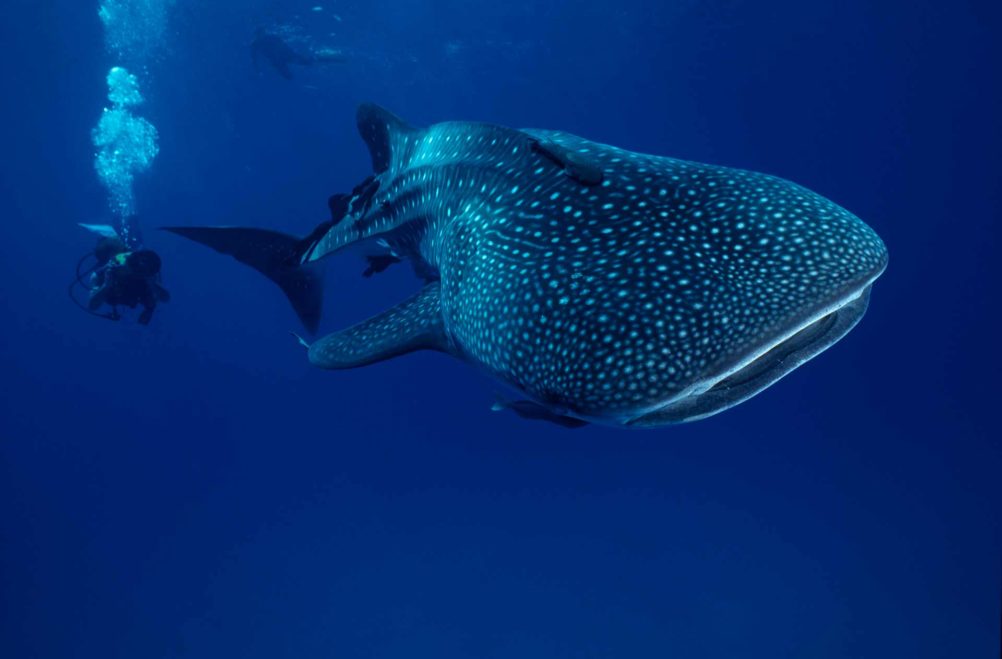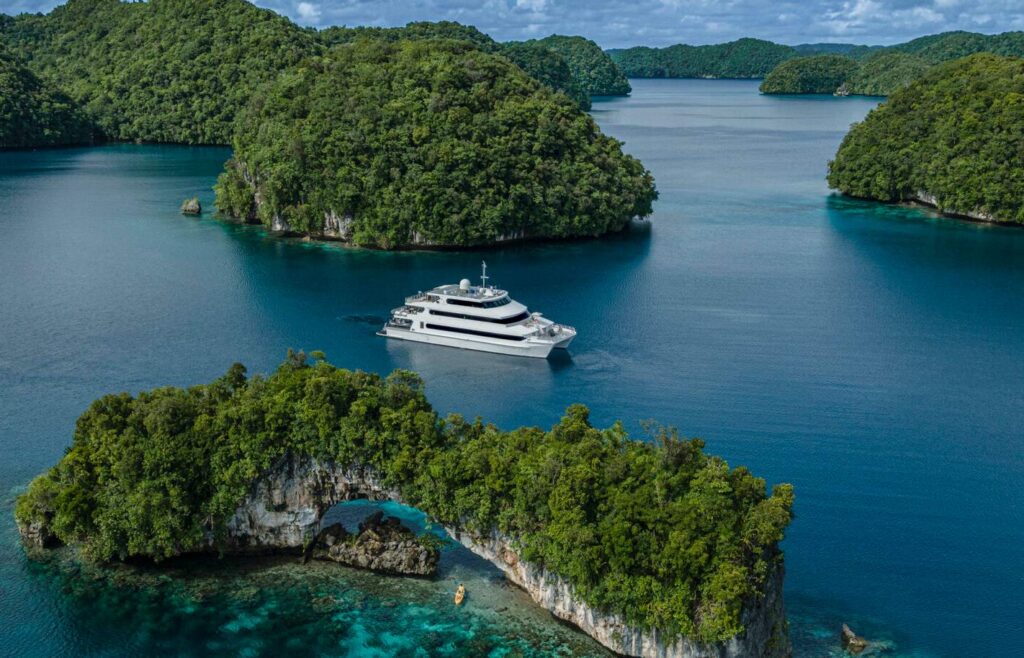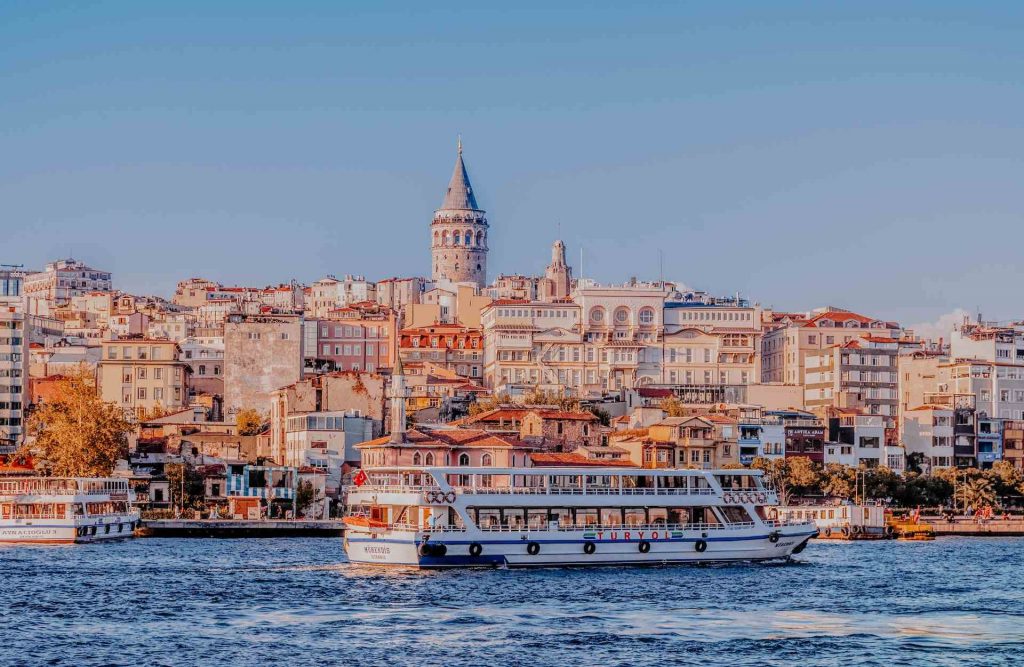Why Indonesia’s Raja Ampat is your dream diving destination
Discover pristine coral reefs and amazing marine life aboard the Alila Purnama luxury live-aboard.
Words by Ute Junker
Photo Credit Alila Hotels
Originally published in Australian Financial Review
By the time we sit down for second breakfast, most of us are ravenous. Having surfaced from our first dive of the day, we hoe into plates of freshly poached eggs or fried Indonesian noodles, while excitedly comparing notes about what we spotted underwater. Unbelievably colourful corals – purples and reds, greens and oranges – shelter an astonishing profusion of life, from purple and yellow nudibranchs and blue sea stars to fish in every colour of the rainbow. By the time our plates are clean, we are ready to do it all over again.
That is how mornings roll aboard Alila Purnama. Or at least, that is how they roll for us. There are no schedules aboard the Purnama, we are assured on our first day onboard; the crew, will shape each day’s programs to match whatever the guests feel like doing. Our group, it turns out, are creatures of habit; we quickly develop a comfortable routine and stick with it.
We tend to rise between 7am and 8am, and head upstairs to the main lounge and dining area, where staff have our favourite morning beverages waiting for us. After a light first breakfast, we do our first dive – usually a quick speedboat ride from wherever the ship has dropped anchor – before heading back for second breakfast. Then there is another dive, followed by some downtime and a three-course lunch.
Diving is not compulsory, but given that Raja Ampat – a 40,000 square kilometre archipelago off the coast of West Papua – is known for having some of the best coral reefs on the planet, it is a smart choice. However, there are always alternative activities available. Some people go kayaking, some opt for snorkelling, some chill out on a beach on a deserted island, where the team has set up loungers, umbrellas and bottles of cold water. (“Your beach is ready,” they announce when they are done.)
Most of us, however, take every opportunity for a slice of reef action. Fed by a series of nutrient-rich currents, Raja Ampat is home to 1300 species of reef fish (and counting) and more than 600 species of hard coral – 75 per cent of the world’s total – not to mention a dazzling collection of soft corals that sway – sometimes gently, sometimes more agitatedly – in the currents.
Every dive brings something new to wonder at, from large Napoleon fish to tiny neon tetras, big schools of sweet lips and trevally, even rays and lionfish. You might encounter a turtle or a scorpionfish, or clouds of damselfish that flutter around you like a shower of confetti. Look closely at the coral and you might spot a pygmy seahorse hiding amid its branches. Head for the deep and you’re likely to encounter some of the local manta rays.
I find myself particularly enchanted by the feather stars, or crinoids, their delicate fronds resembling underwater ferns. They are related to sea stars and – just like everything else in Raja Ampat – come in a dazzling range of colours, from silver-and-black to red-and-gold. Sometimes their dozens of fronds sway gently in the current; at other times they are curled up in a ball, their tightly-closed fronds wrapped securely around whatever prey they have managed to catch.
These waters are so nutrient-rich that even coral polyps can’t resist them. Polyps usually only feed at night, but every day we see corals with their polyps swaying gently, snatching up the rich array of foodstuffs that are drifting past.
In addition to the spectacular sightings, there is another element that makes diving here such a treat; you have the waters all to yourself. Raja Ampat’s accommodation options are limited to a handful of low-key resorts and a small fleet of liveaboards; the latter option has the distinct advantage that you can follow the good weather. While we occasionally see another boat, we never find another group diving the same site. And when we do spy another boat, we bathe in the glow of knowing ours is the most luxurious vessel around.



